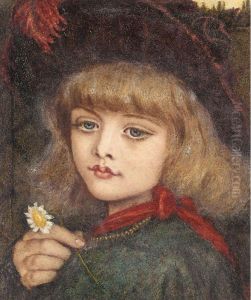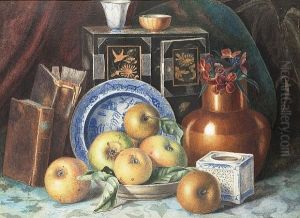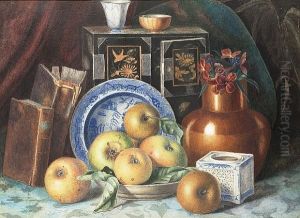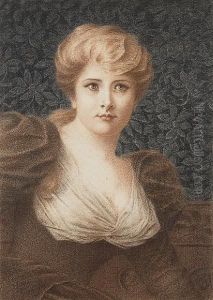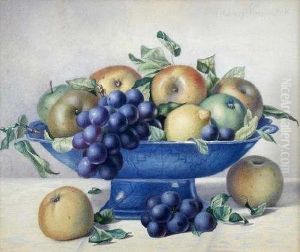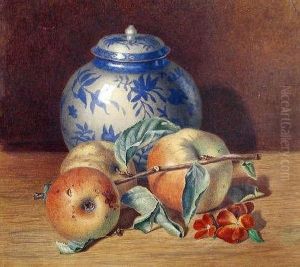Walter John Holmes Knewstub Paintings
Walter John Holmes Knewstub, an artist whose life spanned from 1871 to 1931, was a British painter and illustrator who contributed to the visual arts during the late 19th and early 20th centuries. Although not as widely known as some of his contemporaries, Knewstub was part of the artistic milieu of his time and participated in the broader narrative of British art during a period of significant change and experimentation.
Knewstub was born at a time when the art world in Britain was experiencing shifts in style and approach, with movements such as the Pre-Raphaelite Brotherhood having emerged mid-century, and new artistic groups like the New English Art Club and the Camden Town Group were being established towards the latter part of his career. These groups sought to challenge the academic norms and the Royal Academy's dominance over the British art scene.
Throughout his career, Knewstub would have been exposed to a range of artistic influences, from the late Victorian academic styles to the burgeoning forms of Impressionism and Post-Impressionism, which were making their way across the Channel from France. He worked primarily as a painter and illustrator, though the specifics of his contributions to exhibitions, publications, or the patronage he received remain less documented in the annals of art history.
Knewstub's death in 1931 marked the end of a life that witnessed considerable transitions in art. While his individual impact may not have been as pronounced as that of his more famous peers, his work remains a part of the tapestry of British art history. As is the case with many artists of the era, the full appreciation of his work may be limited to a smaller circle of art historians and collectors who specialize in the period.
In the present day, Knewstub's pieces may be found in private collections or occasionally featured in exhibitions that explore British art of the late 19th and early 20th centuries. His legacy, as with many artists, is a testament to the richness of the artistic endeavor, illustrating how even those who do not achieve widespread fame contribute valuable perspectives and skills to the cultural heritage they inhabit.
